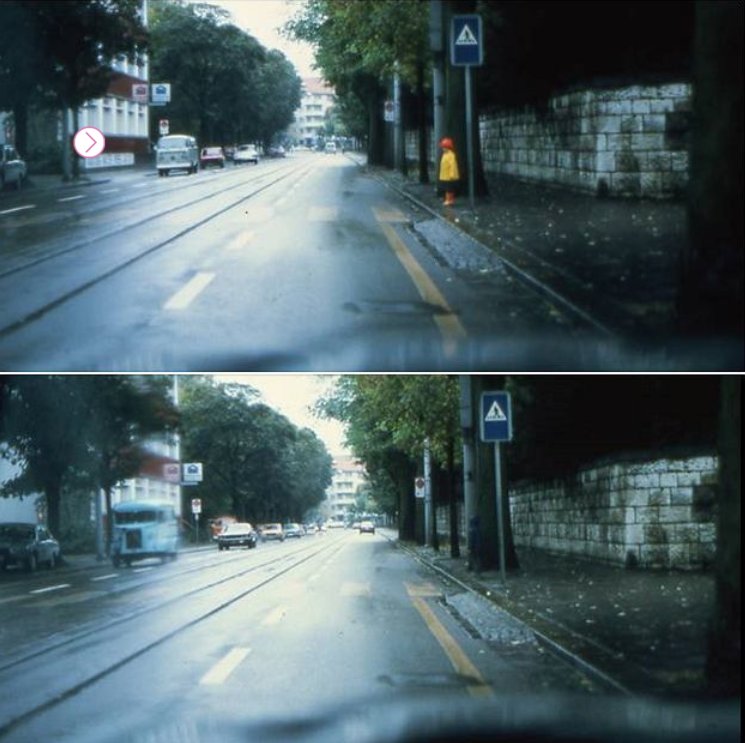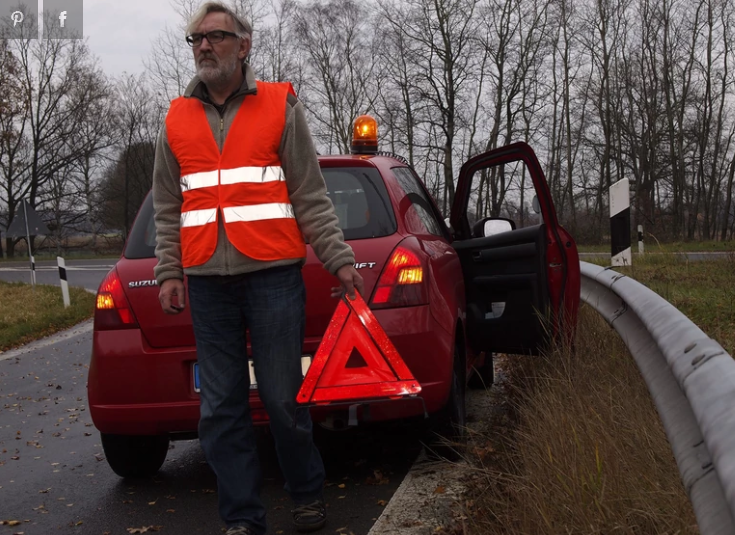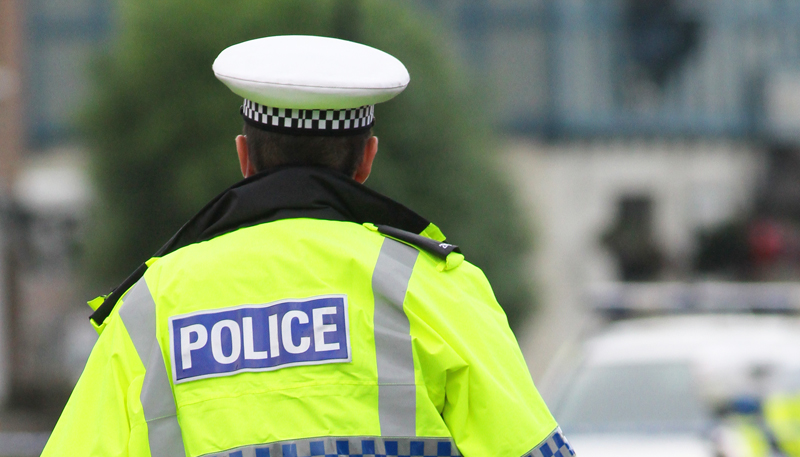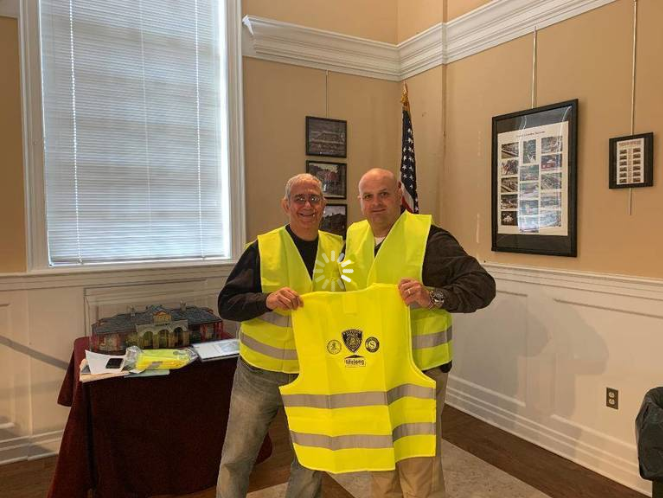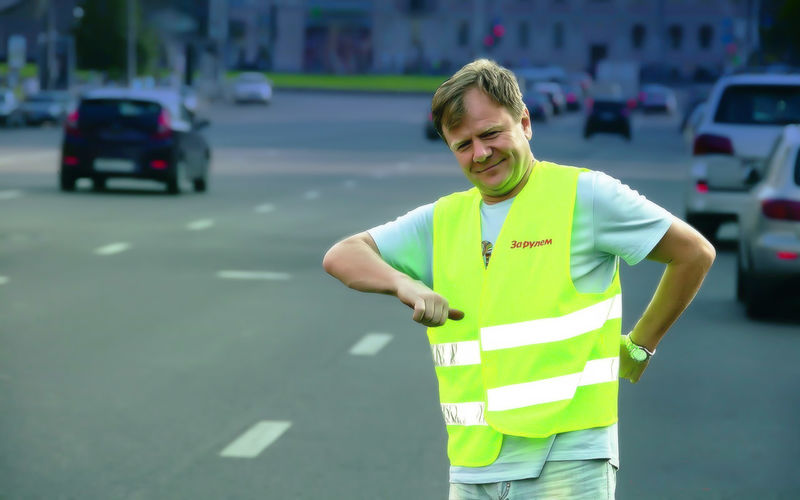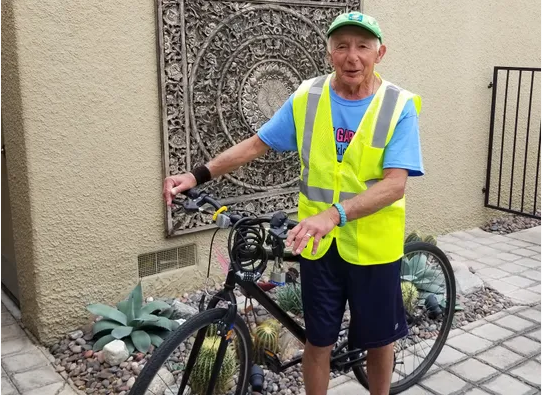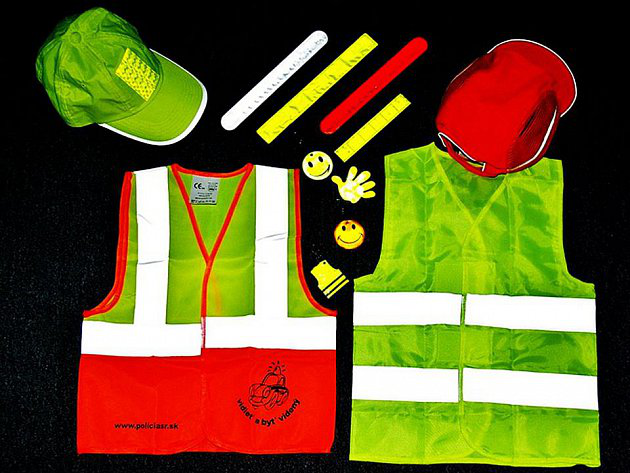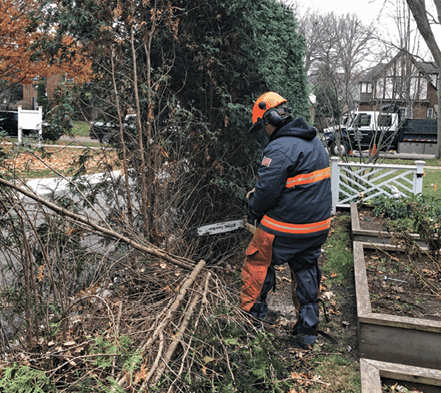Night driving is forgotten by Czech driving schools. The new textbook, which highlights important rules, has a change. Do you control them?
A quarter of traffic accidents happen in the dark, often with more fatal consequences than daytime accidents. Night accidents require about a third of the total number of victims each year.
Driving in the dark has its specifics, but instructors in driving schools have not paid much attention to them yet. Now Czech driving schools were the first in the world to get a new textbook, which is focused on driving in the dark. “It is based on years of experience of authors who are experts in the field of traffic accident analysis and their practice have met with the explanation of the causes of many accidents, many of which happened at night,” describes Robert Kledus from the Institute of Forensic Engineering, Brno University of Technology. has contributed significantly to the development of the new methodology.
The textbook is intended to prepare mainly beginners but reminds the rules of experienced drivers during training. “They will allow them to compare their practical experience with night driving principles,” adds Kledus.
Futility? See if you follow the rules for driving in the dark and make the right decisions at the wheel.
- What speed do you drive in the dark?
Theoretically, this is simple: the speed of the vehicle can only be so high that the distance needed to stop is always less than or equal to the distance that the driver can see. The driver should have a clear idea of how far a pedestrian by the road can be seen.
But that’s the theory. In real operation, the worst variant is to be expected. Add to this the road condition, the load on the car and the condition of the brakes. Also, a pedestrian may suddenly appear on the road, especially if it is needed during the night under the influence.
Also important is a sufficient distance from the car in front of you. At least according to the “twenty-one, twenty-two” rule, ie count down at least two seconds. However, at least another second should be added at night.
- Do you slow down enough after switching from high beams?
The recommendation is: If the driver is not sufficiently informed about the situation in front of the vehicle when switching from high beam to low beam, he must reduce the speed to at least 50 km / h even outside the village (not talking about highways). And this also applies only to good conditions, under worsened should go even slower.
Maybe it will surprise someone. But experts point to a slower eye reaction after switching to a low beam. Pedestrians in multicolored clothing respond to distances in the range of 50 to 70 m. The speed limit outside the village is 90 km / h, 25 m / s. If the car is traveling at this speed, the distance of 50 to 70 m will travel in 2 to 2.8 seconds. This is not enough to recognize a pedestrian, the driver’s decision on how to react and to adapt the ride, let alone stop.
- Are you using the high beam correctly?
Wherever the rules and conditions allow, the driver should use the main beam in the dark. He should only switch them when he is dazzled by a car in front of him, an oncoming car or another traffic participant. As soon as the situation allows, you need to switch back to the high beam.
As a matter of principle, they often compromise on driving by long-distance drivers so that they do not have to switch the lights frequently, but they endanger themselves and others.
An exception maybe when the car is illuminated sufficiently by the car in front, without unduly obstructing the driver’s view. This is true, for example, when driving behind another vehicle that uses high beams, and it is also possible to increase speed.
Even on expressways, high beams should be used whenever rules and circumstances allow. The problem arises at high traffic, allowing only low beam driving. Then, however, the maximum permitted speed of 130 km / h does not correspond to a sufficient view of unlit obstacles (see point 1).
By reducing the speed to 50 km / h, the driver would of course immediately impede the flow of traffic. Therefore, on highways, the use of dipped beams makes it possible to drive at normal operating speed, but all the more carefully to perceive how other vehicles illuminate the road and, of course, maintain sufficient distance.
- What lights do you illuminate in a lit village?
The driver must not use the main beam if the road is sufficiently and continuously illuminated. So, once the streetlamp lamps illuminate the road enough, you need to switch to the low beam.
But not everywhere, public lighting is a sufficient source. Lamps placed in the middle of the lanes often do not illuminate either side of the road. Lamps placed only on one side of the road rarely reach the far side.
At that moment, it is advisable to use the high beam, even in the village. On poorly artificially illuminated roads, you can easily overlook weak light sources such as bicycle lamps.
- Do you lower the lights according to the load?
Cars with manual headlight adjustment should always be set according to the current load. The basic position of the control (position 0) corresponds to the load of the driver, maximum driver, and passenger. Every additional cargo or crew member lifts the front of the car. The driver should react and lower the lights, especially to avoid dazzling oncoming traffic. And of course, put them back in the correct position as soon as they get rid of the load, otherwise, they shine lower and limit their view.
The advantage is, of course, the automatic headlamp leveling according to load, which some modern cars can do. And it can handle the size of the illuminated area according to speed, steering wheel or turn indicators.
- Do you clean the lights?
The driver must keep the vehicle’s headlamps, lamps and other vehicle elements in a clean and impeccable state that improve the visibility of the vehicle, especially when the lights are switched off. This may sound like a banality, few people clean the lights before every ride.
But it is not so irrelevant. It is mainly the principle of “seeing and being seen”. There is a big difference, as can be seen, a clean car and dirty. Maybe when he has to stop at the shoulder. You will realize this when you commute a grim slow-moving car in front of you in the dark.
- Is the crew on their mobile?
Error. There should be no significant light source in the car in the dark. Not even a lit mobile phone with navigation or tablet on which your child is watching a movie. All sources interfere with the adaptation of the driver’s eyesight to the dark. Also, illuminated displays can create reflections on the car’s windows. Eyes are less likely to recognize the low contrast obstacles on the road.
Also, if the driver starts driving immediately after leaving well-lit areas, he must take into account the time his vision will need to adapt perfectly.
- Can you cope with glare?
When passing oncoming vehicles, the driver should look toward the right edge of the road, the area with the greatest potential danger. Adjust the interior rear-view mirror settings when dazzling a vehicle in the rear. And when driving behind another vehicle is not good to directly watch its rear lamps.
Weak glare is not dangerous because the human eye can adapt to the darkness due to the rapid pupil reaction. However, severe glare can also cause temporary blindness, and the time required for back adaptation is very long.
- Are you lit properly in an emergency stop?
The ‘be seen’ principle also applies to emergency parking. The picture shows an example of an unmarked vehicle that has remained standing in the middle of the lanes after a previous car accident.
As the recent mass accident on the D1 has shown, the emergency crew should leave the car and wait for help off the road. At that moment, enough reflective vests are also needed. Impacts on an unlit vehicle and collisions with the crew when leaving the vehicle often have fatal consequences. And it is often enough that a driver left a poorly lit car on the verge for a few minutes when he wanted to go to the bathroom or the child was ill.
An emergency stop car must have the turn signals (and clean) turned on, but another independent light source is also good, of course, there should be a warning triangle.
- Do you rely on ABS?
Another error. Some drivers think ABS, ESP systems can shorten the stopping distance. This is only half the truth. These systems help stabilize the vehicle during extreme maneuvers. ABS allows direct braking with maximum braking performance without loss of stability. ESP stabilizes the vehicle when cornering and, together with ABS, when cornering.
Without these systems, we would not be able to brake with full braking so that the vehicle does not lose stability and the stopping distance is longer than calculated. But no system can overcome the laws of physics, and under normal conditions, it cannot shorten the stopping distance.

